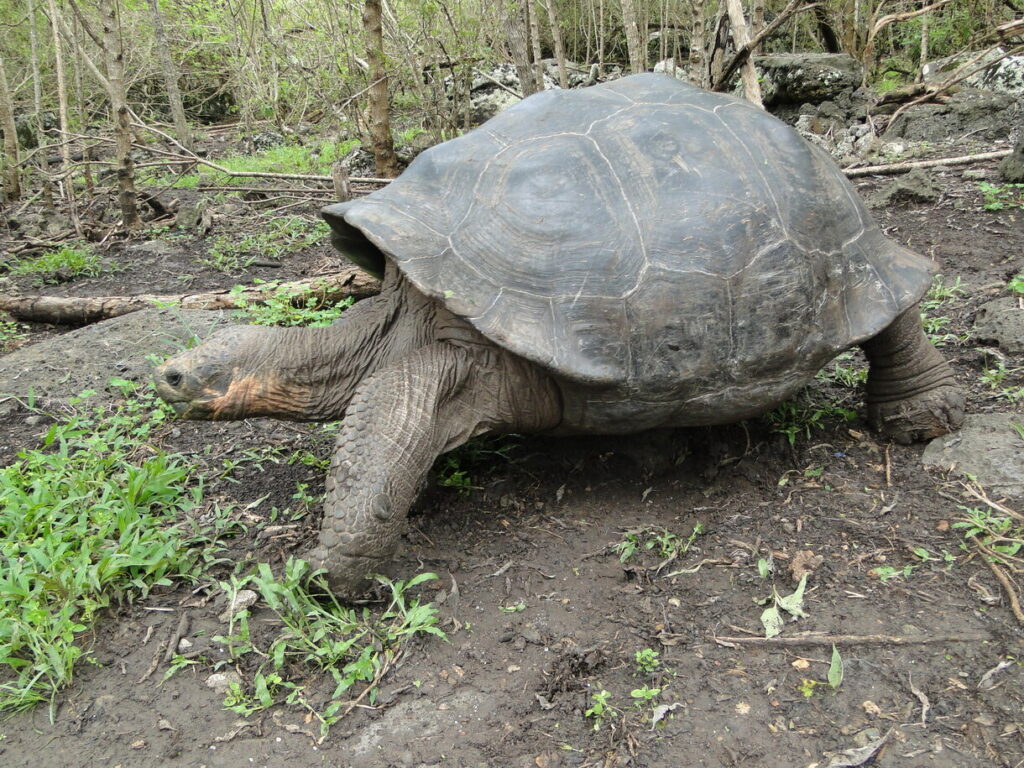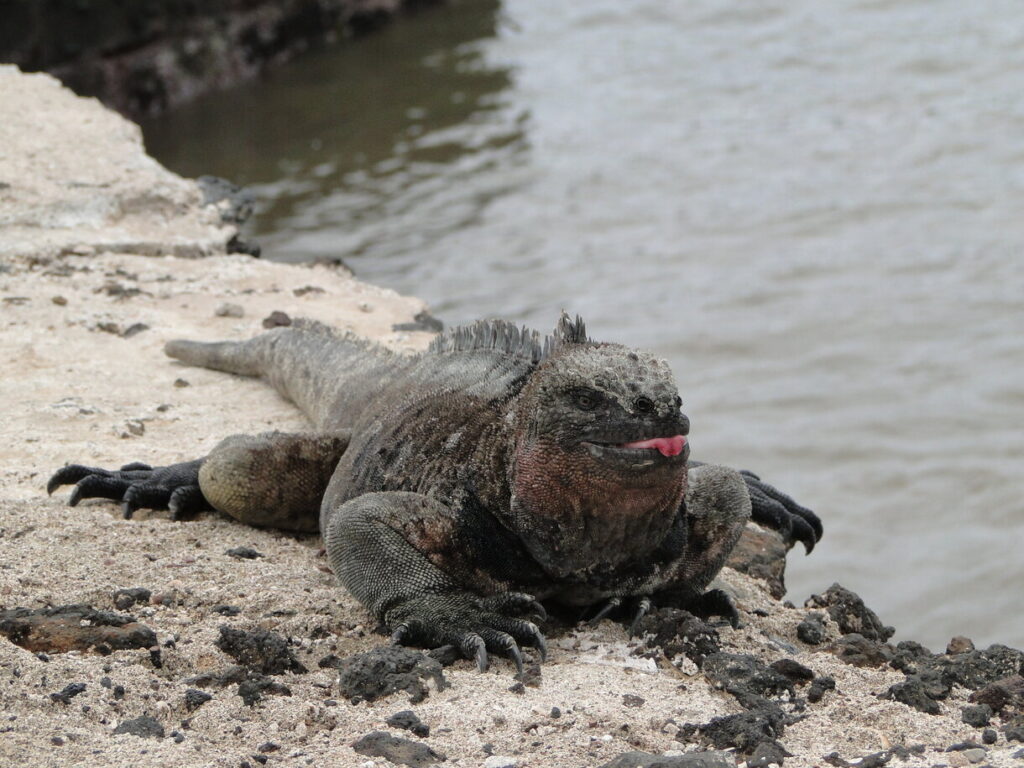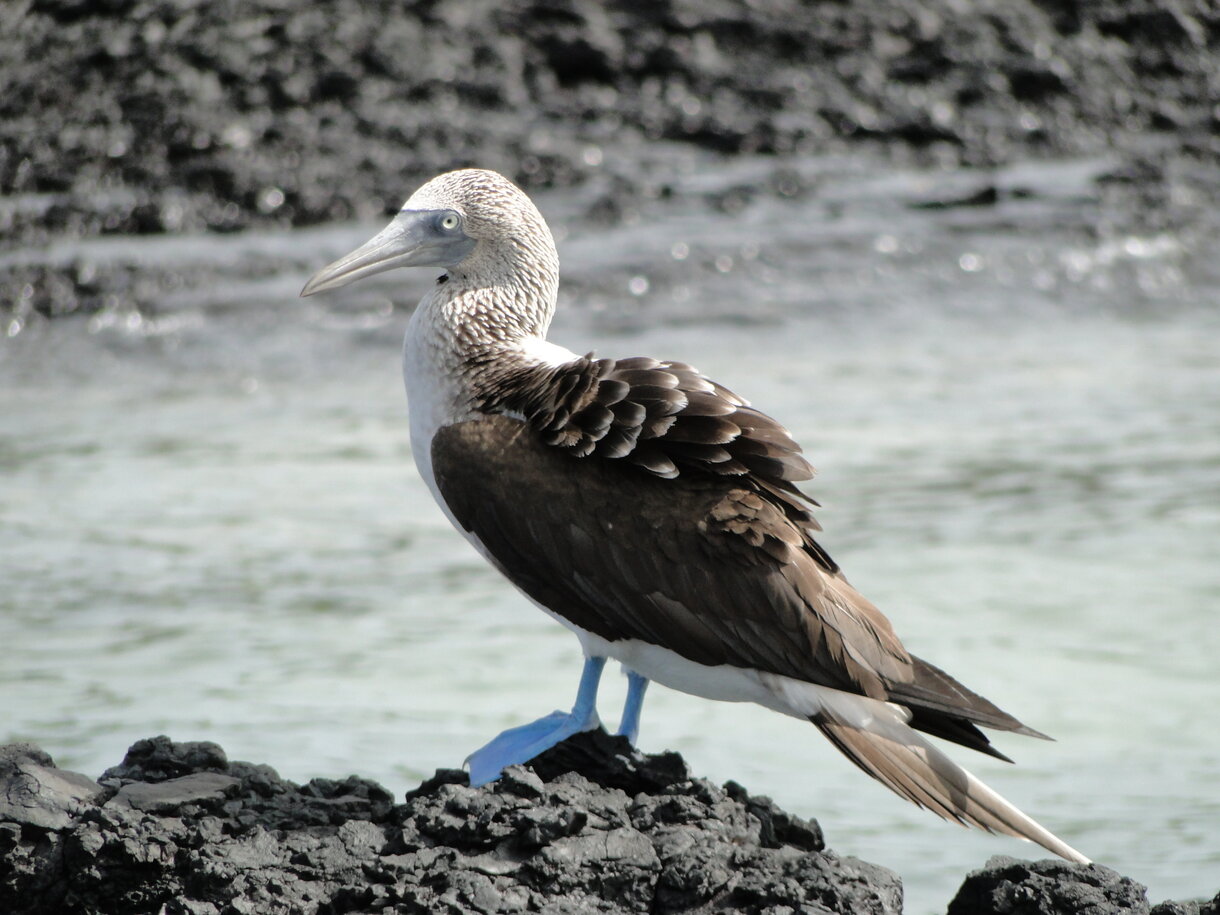Galapagos – Darwin’s Paradise: Unforgettable Adventures in the Islands of Evolution
After returning from the jungle, we spent just one night in Quito before heading to the legendary Galapagos at dawn. This is where Charles Darwin conceived his theory of evolution – but this privilege of experiencing unique wildlife comes at a price, both literally and figuratively.
Journey to Paradise: Logistics and Costs
Our flight from Quito to Baltra Island cost about $400 with a stop in Guayaquil. At the airport, we faced additional fees: a mysterious $10 charge and the mandatory $100 Galapagos National Park entry fee. Before seeing our first animal, we’d already spent over $500.
Historical fact: In 1959, Ecuador declared 97% of the islands a national park, and in 1978 Galapagos became the first UNESCO World Heritage Site.
After landing, we navigated the standard routine: free airline shuttle to the dock, $0.50 ferry to Santa Cruz, then a $1.80 bus to Puerto Ayora – the main town.
Last-Minute Hunting and Whale Encounters
Our first day involved fruitless last-minute cruise hunting. Prices everywhere exceeded our budget, so we opted for independent exploration, starting with a $55 day trip to Floreana.
The boat ride became magical when whales surfaced just 100 meters away – their majestic forms against the ocean horizon took our breath away. This is one of those rare places where humans can truly connect with nature.

Floreana’s Underwater Wonderland
Snorkeling off Floreana proved spectacular. Initially seeing just a few fish, I ventured further and discovered an aquatic kingdom. The highlight? A meter-long sea turtle covered in algae and barnacles – its ancient shell telling stories of centuries past.
Biology fact: Galapagos tortoises can live over 100 years and weigh up to 400kg, ranking among Earth’s longest-living vertebrates.
Meeting the Giants
On land, we visited a tortoise reserve where these majestic creatures moved with enviable slowness, as if time meant nothing. Marine iguanas – the world’s only ocean-feeding lizards – basked nearby.

Santa Cruz’s Volcanic Landscapes
We spent subsequent days exploring Santa Cruz. El Chato Reserve let us observe tortoises in the wild, while descending into Lava Tubes revealed geological wonders – humid tunnels carved by ancient lava flows.
Geological wonder: The Galapagos are volcanic peaks rising from the ocean floor. Youngest island Fernandina formed just thousands of years ago.
Paradise Beaches and Darwin Center
Las Grietas – a crevice filled with crystalline water – and Tortuga Bay’s white sands crowded with iguanas instead of tourists revealed Galapagos’ true character. At the Darwin Center, we witnessed tortoises at various life stages, from incubating eggs to full-grown giants.

Fish Market Theater
Our most surreal experience came at the fish market. Fishermen cleaned their catch while seals and pelicans battled for scraps – nature and civilization colliding dramatically. Some tourists learned this lesson painfully, bearing seal bite marks.

Final Reflections
Galapagos remains extraordinary in every aspect. Despite costs, visiting this living natural history museum – where animals fear no humans and evolution continues – should be on every nature lover’s bucket list.
Practical tips:
- Budget carefully – Galapagos is Ecuador’s most expensive destination
- Consider independent exploration as an alternative to pricey cruises
- Bring quality snorkeling gear – the underwater world is breathtaking
- Respect park rules – maintain distance from wildlife
- Sample local seafood specialties

Leave a Reply